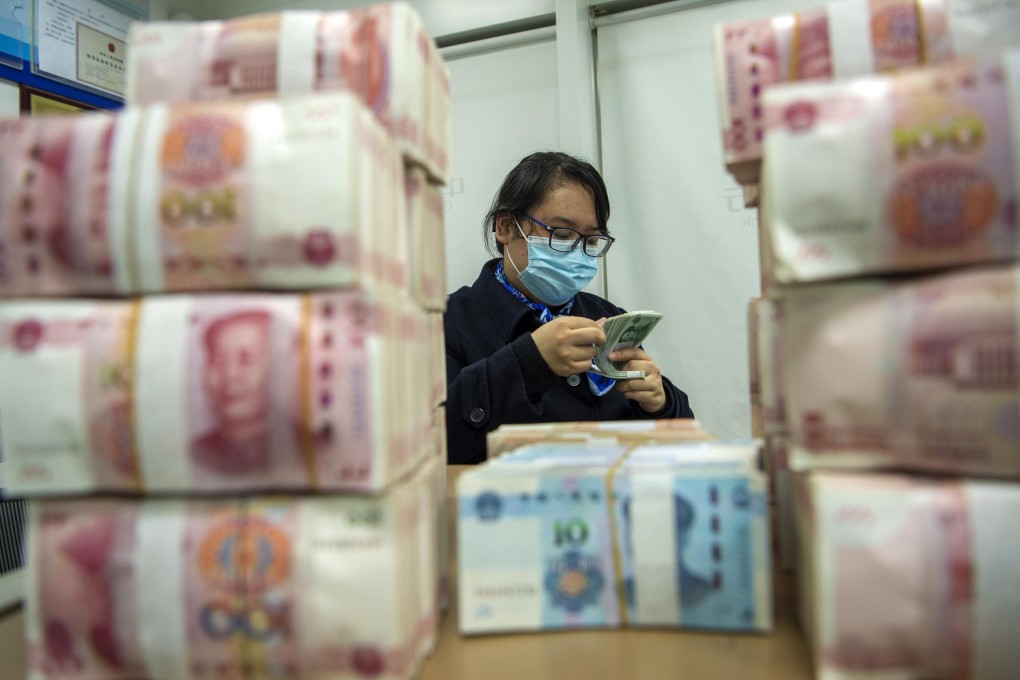Advertisement
China yuan: Beijing sets out policies to stem fast appreciation to support exporters amid economic headwinds
- Beijing also called on banks to sign more long-term foreign exchange settlement agreements with trade firms
- Moves by the central government on yuan come hot on the heels of Beijing’s warning about the “threefold pressure” on the economy
Reading Time:3 minutes
Why you can trust SCMP

China has pledged to keep the yuan exchange rate “basically stable” amid a recent appreciation, as it assembles a set of policies to counter the risks of slowing exports and rising economic headwinds next year.
Beijing also called on banks to sign more long-term foreign exchange settlement agreements with trade firms in a targeted manner, to empower the latter in offsetting exchange rate risks, according to the notes from a Thursday meeting of the State Council, the country’s cabinet, chaired by Premier Li Keqiang.
The guidance is just the latest example of stepped-up efforts by Chinese policymakers to curb the yuan’s strong gains against the US dollar, which have eaten into the profits of the country’s exporters.
Advertisement
The call by the central government also comes hot on the heels of Beijing’s warning about the “threefold pressure” on the economy, including shrinking demand, supply shocks and “weaker expectations”.
The uncertainties, instability and imbalance facing trade at present are increasing
“The uncertainties, instability and imbalance facing trade at present are increasing,” the central government warned in Thursday’s meeting.
Advertisement
Advertisement
Select Voice
Choose your listening speed
Get through articles 2x faster
1.25x
250 WPM
Slow
Average
Fast
1.25x